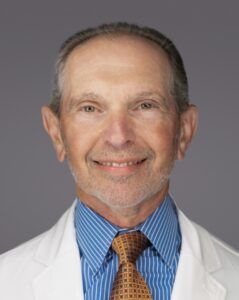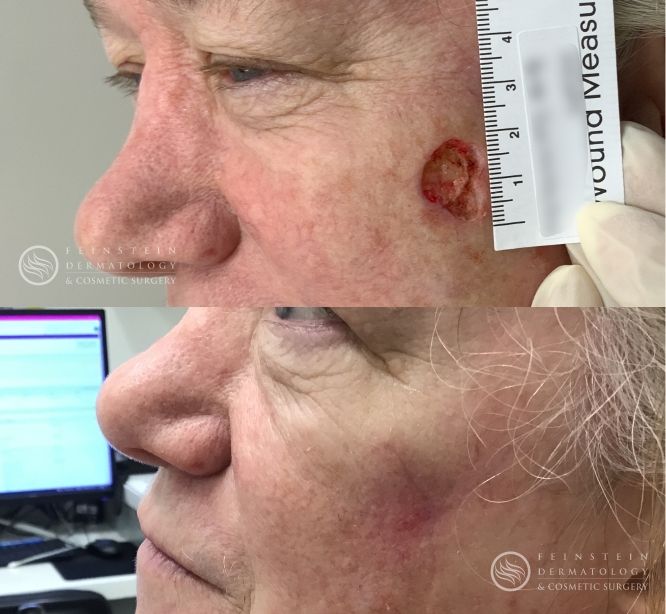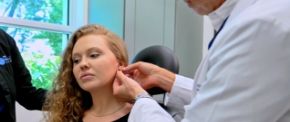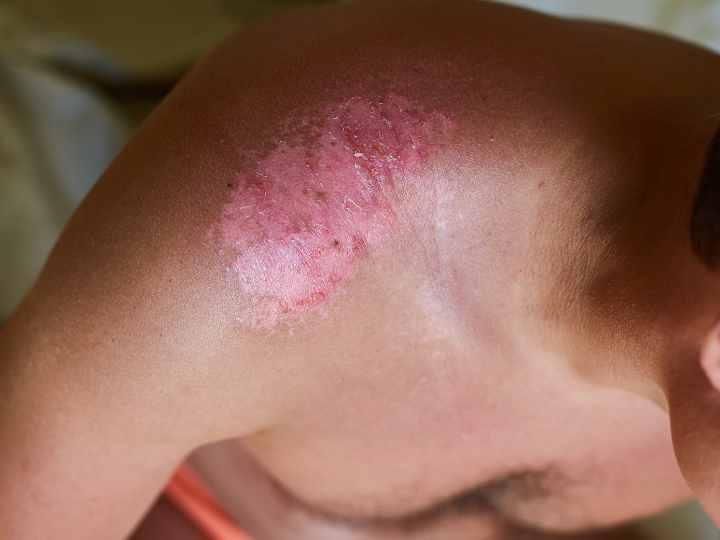
Skin cancer touches the lives of over two million Americans each year, emphasizing the need for timely intervention. The Mohs surgery technique, a highly successful treatment for non-melanoma skin cancer, boasts a remarkable cure rate of over 99 percent. Feinstein Dermatology, located in Delray Beach, FL, proudly provides this cutting-edge treatment under the skilled hands of our own Dr. Feinstein, who has performed over 10,000 Mohs procedures. Your journey to recovery begins here in our community.

Meet Your Mohs Surgeon
Brian Feinstein, D.O., FAAD – Board-Certified Dermatologist & Board Certified Mohs Surgeon
Dr. Brian Feinstein, a Board Certified Dermatologist and Board Certified Mohs surgeon, has personally performed over 10,000 Mohs cases, setting the gold standard for precision and results. As a fellow of prestigious organizations like the American Academy of Dermatology and the American Society for Mohs Surgery, Dr. Feinstein’s expertise is widely recognized. Actively engaged in clinical trials with major pharmaceutical companies, he brings cutting-edge insights to patient care.
- Patients’ Choice Award – 5 Years Running

In-House Board Certified Plastic Surgeon for Reconstructive Mohs Closure
Lawrence Enisman, M.D., FACS
Our practice goes the extra mile with an on-site Board Certified Plastic and Reconstructive Surgeon that will perform your Mohs closures. Dr. Lawrence Enisman, with over three decades of experience, is exceptionally skilled in Mohs reconstructive surgery, specializing in facial reconstruction. Dr. Enisman completed his medical degree at New York Medical College and his residency at St. Vincent’s Hospital in New York City. Dr. Enisman is a Fellow of the American College of Surgeons and a Member of the American Society of Plastic Surgeons. He has served as Chairman of Plastic Surgery at St. Francis Hospital and is the past Chairman of Plastic Surgery at Vassar Brothers Medical Center.
What Is Mohs Surgery?
The term Mohs refers to Dr. Frederic Mohs, Professor of Surgery at the University of Wisconsin, who developed this surgical technique in the 1930’s. The technique has undergone many refinements and has come to be known as “Mohs micrographic surgery” or simply “Mohs surgery” in honor of Dr. Mohs. With the Mohs technique, Dr. Feinstein or one of his associates, can precisely identify and remove an entire tumor while leaving the surrounding healthy tissue intact and unharmed.
This technique involves removing skin cancer in stages, one tissue layer at a time. It is performed under local anesthesia and in the comfort of our office. Once a tissue layer is removed, its edges are marked with colored dyes, and a map of the specimen is created. The tissue is then processed onto microscope slides by a Mohs histotechnician. These slides are carefully examined under the microscope by your Mohs surgeon so that any microscopic roots of the cancer can be precisely identified and mapped. If the cancer cells are seen, an additional tissue layer is removed only in areas where the cancer is still present, leaving normal skin intact. This saves as much normal, healthy skin as possible.
Once the cancer has been removed, Dr. Feinstein or one of his associates will explain options for repair of the wound.
The Advantages
Mohs surgery stands out for its minimal impact on healthy tissues and the thorough analysis of removed layers, making it the most successful cancer treatment. Additional benefits include:
- Complete cancer removal during surgery.
- Eliminating the risk of cancer recurrence.
- Minimizing the loss of healthy tissue.
- Optimizing functional and aesthetic outcomes.
- Repairing the affected site the same day as skin cancer removal.

Will My Insurance Cover Mohs Surgery?
Most insurance plans cover Mohs surgery costs and associated wound repair treatments. Copayments, deductibles, or coinsurance not covered by your health plan are your responsibility. Although the initial procedure may be costlier due to skilled personnel and advanced technology, the high success rate often requires only a single surgery, saving potential multiple surgery expenses associated with other methods. A single fee for Mohs surgery consolidates costs compared to separate fees for additional surgeries with alternative methods. Our team is ready to address any questions regarding insurance or financing, ensuring your peace of mind during this journey.
What to Expect Before Surgery
Unless Dr. Feinstein directs otherwise, continue your regular medications and supplements. On the surgery day, wear loose, comfortable clothing that provides easy access to the treated area. Expect a two to five-hour procedure, with breakfast or lunch provided based on your appointment time. Additionally, consider arranging for someone to drive you home after the proced

BEFORE & AFTER PHOTOS
Mohs Surgery Transformations
The Surgery
On your Mohs procedure day, our patient care team welcomes you to a private treatment area. They will aid in taking pictures of the treatment site, asking pre-op questions, and preparing you for local anesthesia. Once comfortable, Dr. Feinstein meticulously removes cancerous skin layer by layer. After completion, your wound site is fully bandaged and dressed.
You’ll spend some time in the lobby while the tissue undergoes microscopic examination. If cancer cells persist, the process repeats until complete removal. Your doctor will then discuss the best way to close the wound, considering factors like appearance, function, and aesthetics.
Recovery After Mohs Surgery
Post-surgery, care for your wound site involves regularly changing bandages. One of our medical assistants will provide post-operative care instructions, and our team is accessible by phone for any questions.
Mohs Surgery FAQs
Feel Good About Your Skin
At Feinstein Dermatology & Cosmetic Surgery, we understand that your skin is more than just an organ; it reflects your well-being and confidence. Our dedicated team of board-certified dermatologists and skincare specialists is committed to guiding you on a transformative journey toward feeling fantastic in your own skin. With a personalized approach to dermatological and cosmetic care, we aspire to be your trusted partners for a lifetime of radiant, healthy skin. Take the next step towards embracing your confidence with advanced skincare solutions, cosmetic treatments, or skin cancer treatment in Delray Beach, FL. Schedule a consultation for Mohs surgery today at (561) 498-4407.




